Posted on 10/31/2025
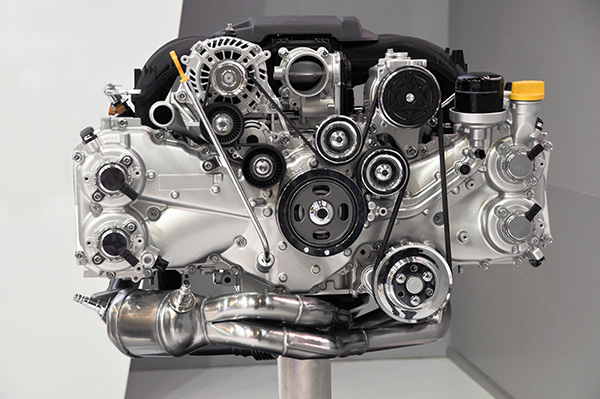
If you've ever heard a high-pitched squeal when you start your car or turn the steering wheel, chances are it’s your serpentine belt asking for attention. At the same time, it might seem like a harmless noise at first, a worn or damaged serpentine belt can have serious consequences if left unchecked. The serpentine belt powers many essential components under your hood. When it starts to fail, you're not just dealing with a squeaky nuisance. You're risking problems with your power steering, alternator, air conditioning, and even your engine’s cooling system. What Does the Serpentine Belt Do The serpentine belt is a long, rubber belt that wraps around several pulleys in your engine. It drives key accessories such as: The alternator Power steering pump Water pump (in some vehicles) Air conditioning compressor As your engine runs, the belt spins to kee ... read more
Posted on 9/26/2025
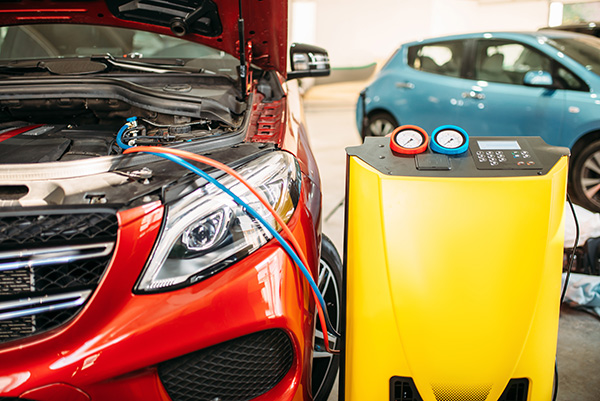
On a hot day, there’s nothing better than stepping into your car, turning on the air conditioning, and feeling a blast of cool air. But when your AC doesn’t feel as cold as it used to, driving can quickly become uncomfortable. There are several reasons why your system may not be performing at its best, and understanding them can help you determine whether a simple recharge or a more comprehensive repair is necessary. How Your Car’s AC System Works Your vehicle’s air conditioning system relies on refrigerant, compressors, condensers, and evaporators to keep the air inside your cabin cool. Refrigerant circulates through a closed system, absorbing heat from the cabin and releasing it outside. When everything is working properly, the system maintains steady, cold airflow. Over time, wear and tear, leaks, and other issues can reduce efficiency. When that happens, you may notice weaker cooling, longer times to reach your preferred temperature, or e ... read more
Posted on 8/29/2025
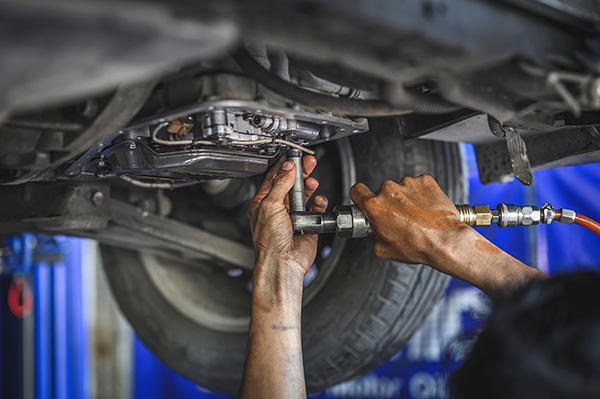
Your vehicle’s transmission fluid is one of the most important yet overlooked fluids under the hood. It plays a vital role in keeping your transmission cool, lubricated, and performing smoothly. Whether you drive an automatic or a manual transmission, regularly checking your fluid helps prevent costly repairs and ensures your vehicle shifts smoothly on the road. If you’re not sure how to check transmission fluid or whether your vehicle even has a dipstick, here’s what every driver in Visalia should know. What Transmission Fluid Does Before learning how to check the level, it helps to understand what transmission fluid actually does. It keeps the gears inside your transmission moving smoothly, prevents overheating, and protects components from friction and wear. Without enough clean fluid, the transmission can become sluggish, overheat, or even suffer internal damage. That’s why it’s crucial to make checking the fluid part of your routi ... read more
Posted on 7/25/2025
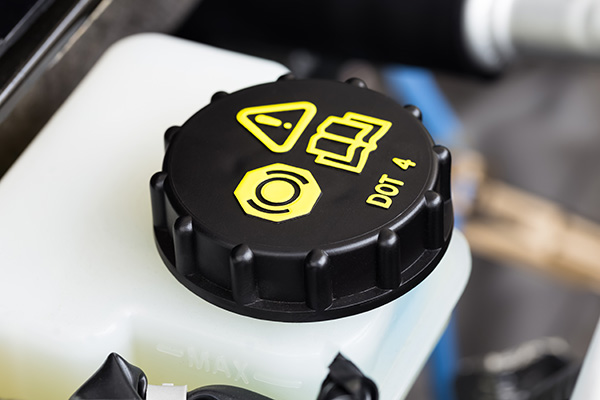
Brake fluid may not receive as much attention as engine oil or tire maintenance, but it plays a crucial role in your vehicle's safety and performance. Without it, your brakes wouldn’t work at all. Over time, brake fluid can become contaminated or lose its effectiveness, and neglecting to replace it regularly can lead to serious problems. Understanding what happens if you skip this important maintenance step helps you make better decisions to protect your car and yourself. What Does Brake Fluid Do Brake fluid is a hydraulic fluid that transfers the force from your foot on the brake pedal to the brake components at each wheel. When you press the pedal, the fluid creates pressure in the brake lines, which squeezes the brake pads or shoes against the rotors or drums to slow and stop your car. Because braking generates heat and pressure, brake fluid must maintain a high boiling point and resist absorbing moisture to perform effectively. Brake Fluid Abs ... read more
Posted on 6/27/2025
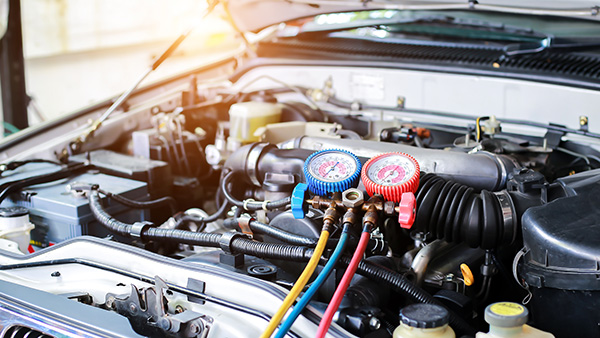
Your car’s air conditioning system plays a big role in keeping you comfortable, especially during the hot summer months. But when cooling performance starts to fade, it’s natural to wonder what kind of inspection your A/C system needs and whether it uses R-134a or R-1234yf refrigerant. Knowing the correct type of refrigerant is essential for proper service. Using the wrong kind can damage components, reduce efficiency, and even void warranties. Fortunately, there are some simple ways to find out what your vehicle needs and when it’s time to schedule an inspection. Start with the Vehicle’s Age and Make The refrigerant your car uses largely depends on the year it was manufactured. Most vehicles made before 2015 use R-134a, which was the industry standard for many years. Beginning in 2015, many manufacturers started switching to R-1234yf, a more environmentally friendly alternative. By 2021, nearly all new vehicles in the United States came equi ... read more